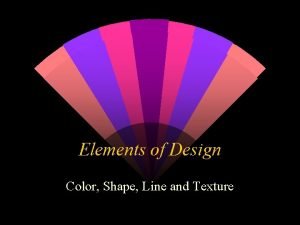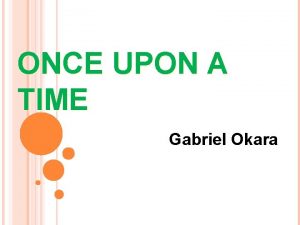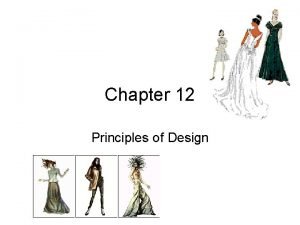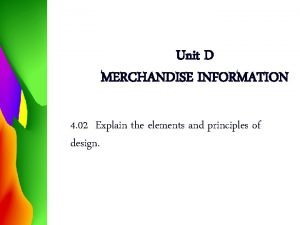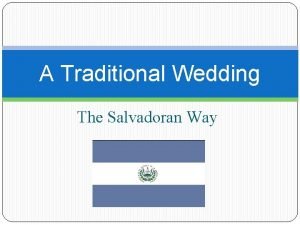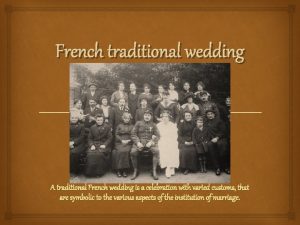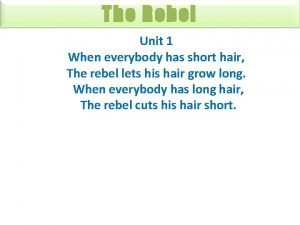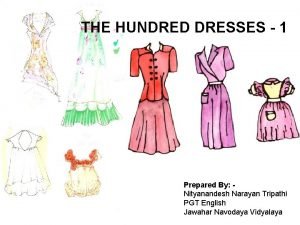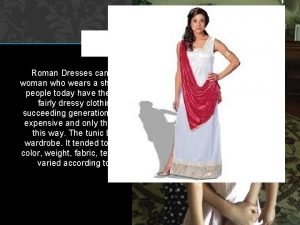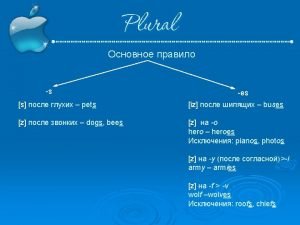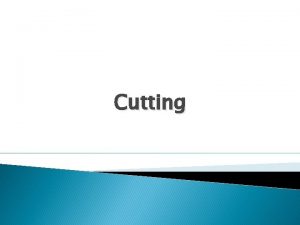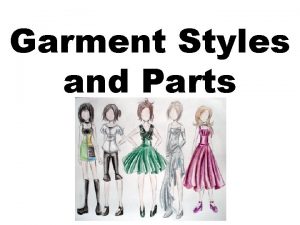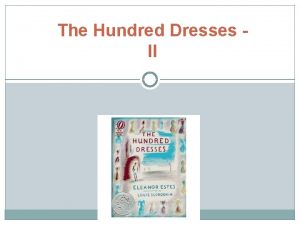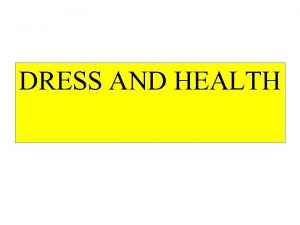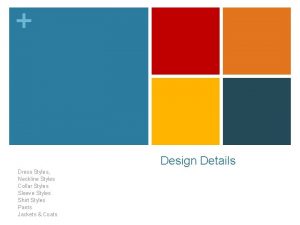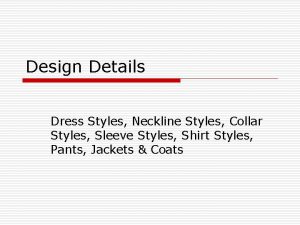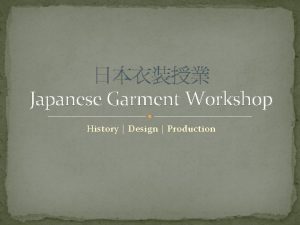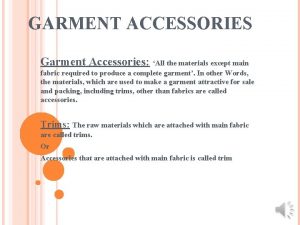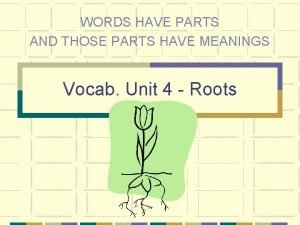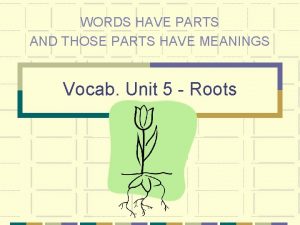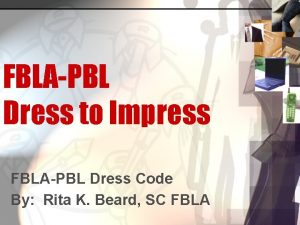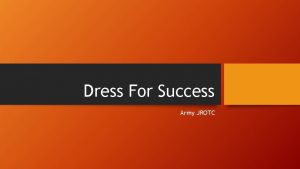Garment Styles and Parts Dress Styles Dresses have























- Slides: 23

Garment Styles and Parts

Dress Styles • Dresses have been the main item of female apparel in the Western Hemisphere for centuries. • Dresses were called a robe or a gown.

Classic Dress Styles The three classic dress styles: • Sheath: a close-fitting dress that is shaped by darts • Shift: a loose fitting dress • Princess: a close-fitting, flared dress that is shaped by seams (pieces of fabric sewn together)

Sheath Shift Princess

Neckline Styles • A neckline refers to the area around the neck and shoulders. Before the 20 th century, garments from the same period all had similar necklines. • Today fashion features many different types of necklines in a season.

Classic Neckline Styles • Jewel: round neckline that makes a good background for jewelry and necklaces. • Crew: a high, round neckline finished with a knit band.

Classic Neckline Styles • Cowl: Usually part of shirt of dress that is cut on the bias to make the neckline drape better. Cowl means softly draped. Originally it was a hooded garment worn by monks. • Bateau: French word for boat. A bateau neckline is a straight opening across the neck of a garment.

Classic Neckline Styles • Sweetheart: is moderately low and heart-shaped in the front • Halter: consists of a sleeveless front held in place at the neckline with a drawstring or band. The shoulders and back are bare.

Collar Styles • A collar is a separate piece of fabric that is attached to the neckline of a garment. • It can be small or large, stand-up or fold-over, soft or stiff. Most collars are permanently attached.



Sleeve Styles • Primitive clothing had sleeves that were cut with the garment in one piece. • In the Middle Ages, the set-in sleeve became popular. Today we wear many different types of sleeves.

Sleeve Styles • Set in sleeve is joined to the garment by an armhole seam that circles the arm near the shoulder. • Raglan sleeve has a front and back diagonal seam that extends from the neckline to the armhole. • Kimono sleeve is cut in one piece with the front and the back of the garment.


Shirt Styles • The term shirt was historically used to describe a piece of clothing that was more tailored than a blouse. It had a collar, sleeves with cuffs, and front opening with buttons. • A blouse may or may not include a collar, sleeves, pleats, strings, or buttons.

Skirt Styles • Today a skirt is described as a separate piece of clothing that can be worn with any style of top. • However, from medieval times until the 18 th century, dresses were usually made with separate skirts and bodices. In the 1870’s, women began to wear tailored suits with separate skirts and jackets. • Skirts can be straight, flared or full. Darts, gathers, pleats, or seams shape them.

Skirt Styles

Pants • In ancient times, Persian and Anglo-Saxon men wore pants. • However, the pant was not used until the late 1800 s. At that time, it meant outer garments worn by men and boys. Today both men and women wear pants. • Pant styles vary in width as well as length. • • • Flared (bellbottoms) Straight Tapered Bermuda Culottes Leggings

Pants

Jacket and Coat Styles • The word coat comes from the English word cloak, which was a large piece of fabric. It was wrapped around the body over outer clothing to keep the wearer warm. • The term jacket comes from the French word jaquette, which means little coat. • Today jacket usually means an outer layer of clothing that is hip-length or slightly longer or shorter. • A jacket can be worn as an outer layer or under a coat. • Jackets and coats can be single breasted or double breasted.

Classic Jacket Styles • Blazer: solid-colored jacket that can be single or double breasted. • Cardigan: a collarless jacket or sweater that buttons down the front.

Classic Women’s Jackets

Classic Men’s Jackets
 Line shape texture
Line shape texture Once upon a time poem
Once upon a time poem It is a pleasing arrangement of all parts of a garment
It is a pleasing arrangement of all parts of a garment It is the pleasing arrangement of all parts of a garment
It is the pleasing arrangement of all parts of a garment Oktoberfest 2017 dates
Oktoberfest 2017 dates Salvadoran wedding traditions
Salvadoran wedding traditions Traditional french wedding cake
Traditional french wedding cake High school prom
High school prom Spain dresses
Spain dresses What does the rebel do when everyone has short hair?
What does the rebel do when everyone has short hair? Summary of hundred dresses 1
Summary of hundred dresses 1 Jrotc military ball dresses
Jrotc military ball dresses Roman fashion dresses
Roman fashion dresses Man feet
Man feet Dresses
Dresses What shape has 8 vertices 12 edges and 6 faces
What shape has 8 vertices 12 edges and 6 faces Accurate cutting facilitates sewing and improve garment
Accurate cutting facilitates sewing and improve garment Computerized marker making
Computerized marker making Should schools have dress codes essay
Should schools have dress codes essay A garment worker paragraph for class 4
A garment worker paragraph for class 4 Phuong nam garment joint stock
Phuong nam garment joint stock Methods of controlling fullness
Methods of controlling fullness Pressing it
Pressing it Garment costing sheet
Garment costing sheet
